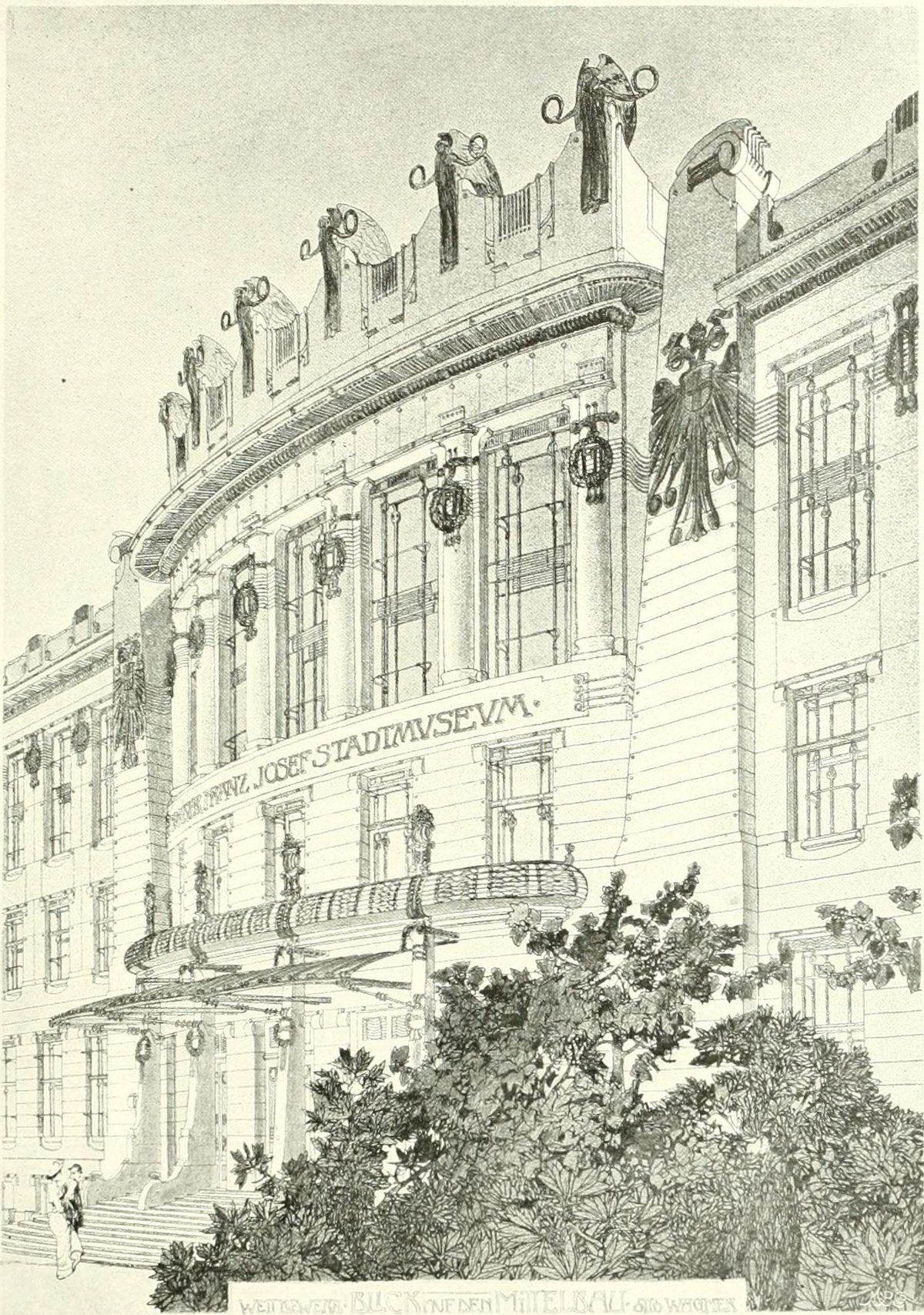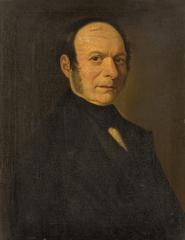
Vienna Museum Visiting Hours, Tickets, and Travel Guide to Vienna’s Historical Sites
Date: 14/06/2025
Introduction: The Vienna Museum’s Historical and Cultural Significance
Vienna, a city celebrated for its imperial grandeur, musical legacy, and architectural marvels, offers an immersive exploration of its urban and cultural evolution through the Vienna Museum (Wien Museum). As Vienna’s foremost institution for preserving and narrating the city’s journey—from the Roman settlement of Vindobona through the Habsburg era to the present day—the museum is both a treasure trove and a civic hub. Established in the late 19th century, the Vienna Museum has continually expanded its collections and exhibitions to reflect Vienna’s layered identity, all within the recently renovated main building at Karlsplatz. Here, visitors encounter artifacts ranging from Gustav Klimt’s sketches to relics of the 1848 revolution, all thoughtfully presented in a setting designed for education and engagement (wien.info; Visiting Vienna; vienna-unwrapped.com).
This guide provides essential information on visiting hours, ticketing, accessibility, and practical tips, while highlighting the museum’s pivotal role in Vienna’s cultural landscape.
Table of Contents
- Introduction
- History and Development of the Vienna Museum
- Thematic Scope and Collection Highlights
- Educational and Community Engagement
- Vienna Museum’s Place in the Museum Landscape
- Recent Renovations and Future Vision
- Visitor Information
- Nearby Historical Sites
- Notable Exhibitions and Events
- Visitor Experience & Practical Tips
- FAQ
- Planning Your Visit & Staying Connected
- Conclusion
- References
History and Development of the Vienna Museum
Foundations and Purpose
The Vienna Museum originated in the late 19th and early 20th centuries, during a transformative period for the city. Its mission was clear: to document, preserve, and present Vienna’s evolving identity. The collection began with archaeological finds and gradually expanded to include medieval artifacts, paintings, documents, and objects that chronicle the city’s social, political, and artistic development (wien.info).
Architectural Evolution
The main building at Karlsplatz, designed by Oswald Haerdtl and inaugurated in 1959, stands as an exemplar of post-war modernist architecture. Recent renovations have modernized the museum, expanding exhibition spaces and amenities to ensure accessibility and visitor comfort, reaffirming Vienna’s commitment to cultural engagement (wien.info).
Thematic Scope and Collection Highlights
Chronological & Thematic Collections
- Roman Vienna (Vindobona): Artifacts from Vienna’s Roman roots, including coins, ceramics, and structural remnants (vienna-unwrapped.com).
- Medieval and Early Modern Vienna: Guild insignia, religious art, and objects depicting daily life.
- Habsburg Era: Portraits, courtly furniture, and documents illustrating imperial Vienna.
- Modern and Contemporary Vienna: Focus on the 19th–20th centuries, including the Ringstrasse era, modernist art, and pivotal political events.
Collection highlights: Gustav Klimt’s original sketches, items from the 1848 revolution, and personal effects of Franz Schubert and Otto Wagner.
Fine Arts, Decorative Arts, and Photography
The museum boasts masterpieces by Gustav Klimt, Egon Schiele, and Oskar Kokoschka. Decorative arts and Jugendstil (Art Nouveau) pieces by Josef Hoffmann and Koloman Moser underscore Vienna’s artistic innovation. The photography and graphic arts archive documents Vienna’s streets, architecture, and urban life.
Musical Heritage
Vienna’s status as the “City of Music” is reflected in manuscripts, instruments, and memorabilia relating to Beethoven, Mozart, Schubert, and the city’s music venues (Insight Cities).
Everyday Life
Collections of toys, fashion, and household items depict Viennese customs and social change, with special exhibits on coffeehouse culture.
Educational and Community Engagement
The Vienna Museum is a vital forum for public memory and education, with permanent and temporary exhibitions addressing both renowned and challenging aspects of the city’s history. Educational programs, guided tours (in multiple languages), and interactive displays engage audiences of all ages. The museum partners with historians, artists, and community groups to keep its narratives dynamic and inclusive (wien.info).
Vienna Museum’s Place in Vienna’s Museum Landscape
The Vienna Museum is part of a citywide network of cultural institutions and operates several branch museums, each with a unique thematic focus:
- Roman Museum at Hoher Markt: Roman history (whichmuseum.com).
- Hermesvilla: Imperial leisure culture.
- Beethoven Museum: The composer’s Vienna story.
- Otto Wagner Pavilion: Vienna’s architectural heritage.
This network encourages exploration of Vienna’s neighborhoods and historical layers.
Recent Renovations and Future Vision
The museum’s renovation prioritized accessibility, sustainability, and digital integration. Virtual tours, online collections, and interactive displays expand the museum’s reach and relevance. Rotating exhibitions address contemporary topics, such as migration and urban development, using multimedia and participatory formats (wien.info).
Visitor Information
Location & Access
- Address: Karlsplatz, 1040 Vienna
- Public transport: U-Bahn lines U1, U2, U4; tram and bus connections
Visiting Hours
- Tuesday–Sunday: 10:00 AM – 6:00 PM
- Thursdays: Extended hours until 9:00 PM
- Monday: Closed
Check the official website for updates.
Ticketing
- Permanent exhibition: Free admission
- Special exhibitions: ~€12 adults, €8 reduced (students, seniors), children under 19 free; online booking recommended (wien.info)
- Free admission: First Sunday of every month and on Austria’s National Day (October 26th) (Travelsewhere)
Accessibility
- Fully wheelchair accessible (elevators, ramps)
- Tactile exhibits and audio guides available
Facilities & Tours
- Lockers, restrooms, and baby-changing stations
- Museum café with Viennese specialties; shop with books and souvenirs
- Guided tours in multiple languages (advance booking for groups advised)
Nearby Vienna Historical Sites
From its central location, visitors can easily explore:
- Karlskirche (St. Charles Church)
- Naschmarkt (Vienna’s vibrant market)
- Secession Building (Art Nouveau)
- MuseumsQuartier and Vienna’s historic city center
Other institutions nearby: Kunsthistorisches Museum, House of Austrian History, and the Jewish Museum (whichmuseum.com).
Notable Exhibitions and Events
The Vienna Museum’s program includes:
- Current exhibitions (2025):
- “Viennese Realism after 1950: Reality as an Attitude”
- “Controlled Freedom: The Allies in Vienna”
- “Zwidemu: Between Party and Protest”
- “Ferroconcrete: Anatomy of a Metropolis”
- “Kumain kana? Have you eaten yet? The Filipino Community in Vienna”
- Branch highlight: “Cellar Stories: A Mysterious Roman Building at the Farmers’ Market” at the Roman Museum (Museos.com)
Lectures, workshops, and family days are regularly scheduled. See the museum event calendar for details.
Visitor Experience & Practical Tips
- Book tickets online for convenience and to avoid queues, especially during weekends or peak seasons (Museos.com).
- Visit early or on weekdays for a quieter experience.
- Photography: Allowed in most areas (no flash/tripods).
- Combine your visit with nearby attractions and walking tours (The Vienna Blog).
- City museum pass: Offers bundled entry to multiple museums (WhichMuseum).
- Respect local customs: Greet staff with “Guten Tag,” thank with “Danke.”
- Family-friendly: Activity booklets and interactive displays for children; group and school tours available.
Frequently Asked Questions (FAQ)
Q: What are the Vienna Museum’s visiting hours?
A: Tuesday–Sunday, 10:00 AM–6:00 PM; Thursdays until 9:00 PM; closed Mondays.
Q: How much do tickets cost?
A: Permanent exhibition is free; special exhibitions ~€12 adults, €8 reduced; children under 19 free.
Q: Is the museum accessible?
A: Yes, with full wheelchair access, tactile and audio resources.
Q: Are guided tours available?
A: Yes, in multiple languages; book in advance for groups.
Q: Are there free admission days?
A: Yes, on the first Sunday each month and Austria’s National Day.
Q: Can I take photographs?
A: Yes, for personal use without flash or tripods.
Q: How do I get there?
A: Located at Karlsplatz, served by U1, U2, U4, trams, and buses.
Planning Your Visit & Staying Connected
- Check the museum’s website for current exhibitions, hours, and events.
- Download the Audiala app for audio guides and up-to-date information.
- Follow the museum on social media for news and visitor tips.
Combine your museum visit with nearby landmarks for a full cultural day in Vienna!
Conclusion
The Vienna Museum is an indispensable gateway to Vienna’s heritage, offering insightful exhibitions, accessible facilities, and a vibrant program of events. Whether you are a history buff, art enthusiast, or curious traveler, the museum provides a rich and inclusive experience in the heart of the city. Plan your visit, explore the city’s fascinating past, and make the most of Vienna’s dynamic present.
References
- Vienna Museum Visiting Hours, Tickets, and Guide to Vienna’s Historical Sites, 2025, Wien.info (wien.info)
- Vienna Museum Visiting Hours, Tickets & Cultural Highlights: Your Guide to Exploring Vienna’s Premier Historical Site, 2025, Visiting Vienna (Visiting Vienna)
- Vienna Museum Visiting Hours, Tickets, and Guide to Vienna’s Historical Sites, 2025, Vienna Unwrapped (vienna-unwrapped.com)
- Visitor Experience and Practical Visitor Tips, 2025, Museos.com (Museos.com)
- Vienna Museum: History & Roman Vienna, WhichMuseum (whichmuseum.com)
- Vienna Museum, Insight Cities (Insight Cities)
- Vienna Museum: Tips for Visiting, The Vienna Blog (The Vienna Blog)
- Vienna Museum: Free Admission Days, Travelsewhere (Travelsewhere)























































































































































